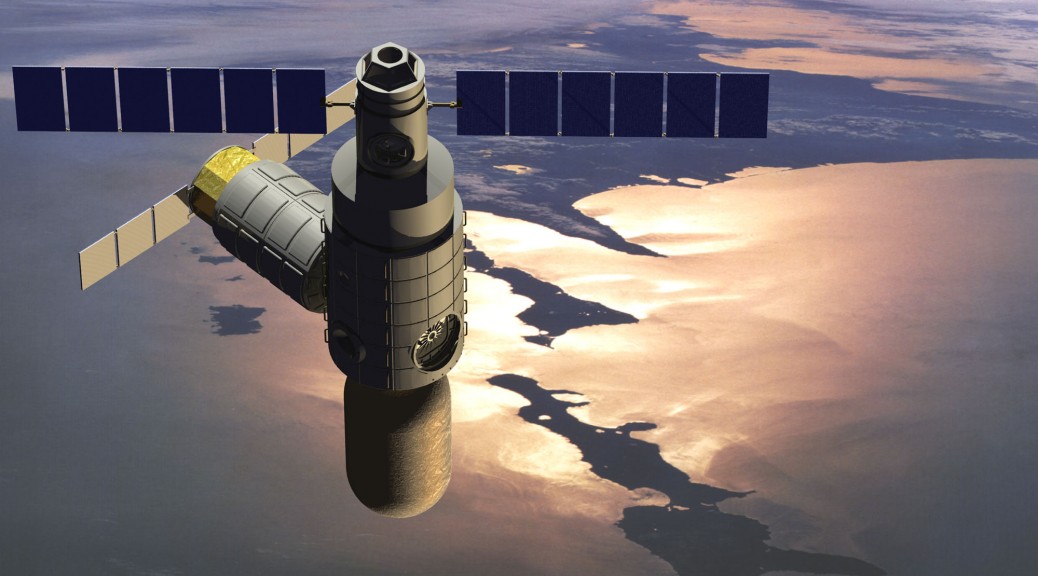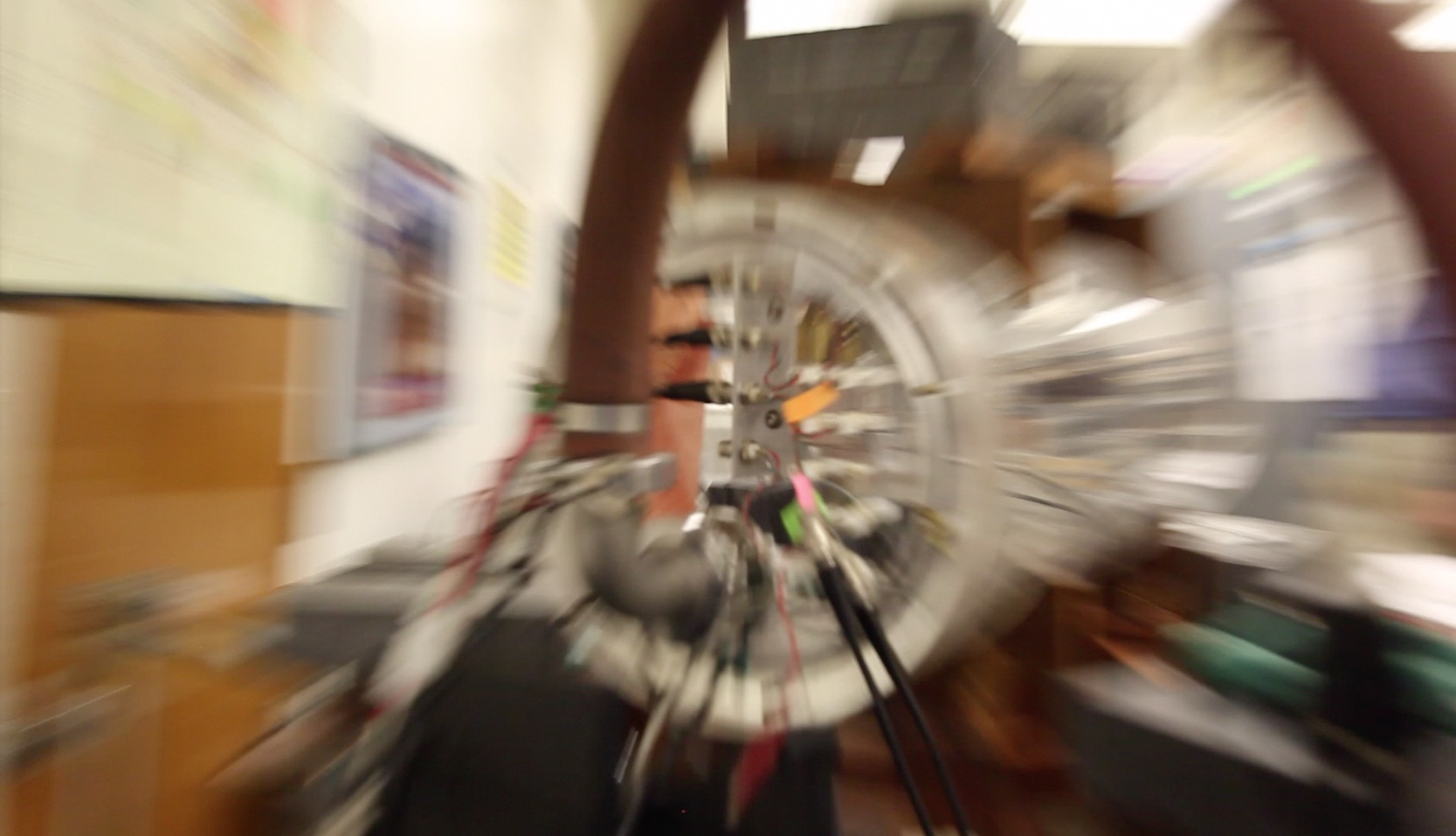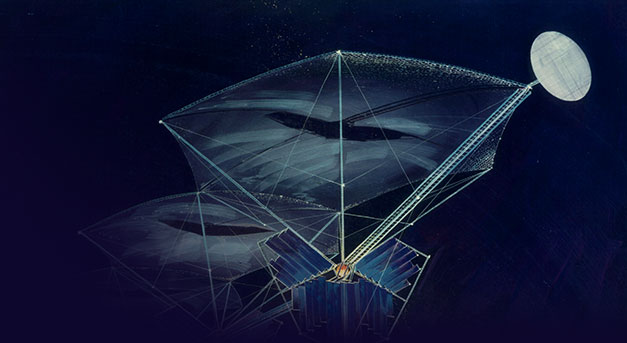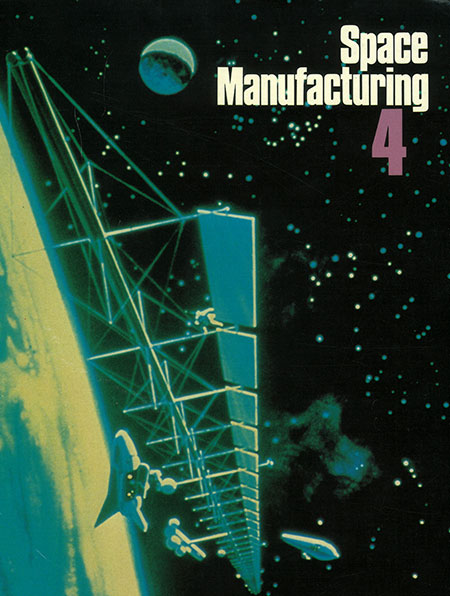
G-Lab
SSI’s free flying orbital laboratory

Exotic Propulsion
Initiative supporting Mach Effect research

Solar Power Satellites
Research Library, Videos, Books and news
Research History
The Space Studies Institute’s primary activity is the development of tools and techniques to harvest space resources. SSI’s plan called for the use of resources already in space to:
- Provide clean energy to the Earth, to improve the environment, and enhance the quality of life. Eventually, the use of energy and material resources from space can help heal the damage caused by population pressure and the resulting quest for pollution-causing fossil fuels;
- Provide an economic foundation for space enterprises that will support a strong, continued program of exploration and utilization of the energy and material resources of the high frontier;
- Enable the creation of a broad ecological range for the human species throughout the solar system and eventually beyond. We believe that this process can be bootstrapped in a commercially viable way by first using simple non-terrestrial resources to support space operations which would otherwise be dependent on supply from the bottom of the Earth’s deep gravity well.
By using space resources we can establish a system to construct solar power satellites to supply the Earth’s energy needs. We can also provide permanent habitats in free space for construction personnel and their families so that costly crew rotations can be eliminated.
Space can be made a true frontier, analogous to that presented by the opening of the Americas, enabling vast new economic opportunities. These are made possible by the large amount of energy per capita available in space, the creation of new lands through the construction of permanent habitats in free space, and the availability of material resources from lunar and asteroidal materials.
By providing a broad spectrum of opportunities and choices, we can promote and expand cherished human freedoms, traditions, and cultures. We can increase the longevity of our species by diversifying human societies throughout the solar system.
To achieve these goals, the Space Studies Institute is engaged in an continuous program of research and education.
The Space Studies Institute conducted nearly 50 research projects, each designed to bring us closer to opening the high frontier for all humanity. Initially, the Institute worked on a single area at a time, such as the series of proof-of-concept mass drivers and the bench-scale testing of steps in the HF-acid leach technique for processing lunar soil.
In addition, SSI research naturally evolved, as we learned from the results of our past efforts. For example, our initial research on the design of solar power satellites from lunar materials assumed that any material reasonably abundant in lunar soil could be used for SPS construction. However, as the result of our work in simple forms of non-terrestrial materials, we decided to revisit SPS design with a study of early economical solar power satellite designs that could be constructed from the most easily processed types of lunar materials.
In general, SSI research projects were designed to prove the elements of a critical path of technologies which would enable the use of space resources for the construction of space colonies and solar power satellites.
Further, the Institute explored potential breakthroughs which could dramatically lower the cost or shorten the time frame for implementation of our overall plan. An example of this latter sort of high-leverage activity is the concept of prospecting for space resources. The location of lunar polar water deposits or easily accessible asteroids could dramatically improve the prospects for human activity in space. Searching for these resources is an activity which can be carried out at a very modest level, yet could yield enormous benefits.
A Pattern of Success
SSI enjoyed the results of over a decade of focused research. Thanks to the Institute’s work and the communication of our research results to such bodies as the President’s National Commission on Space, the NASA Office of Exploration, and the National Space Council, there is now widespread interest in the use of lunar resources for space activity.
In addition, SSI preserved the concept of solar power satellites and enhanced and expanded on the original concept by producing designs of solar power satellites which could be constructed from lunar materials. For nearly a decade, SSI is the sole support of this concept in the United States, although work in this area continued in Europe, Japan, and the Soviet Union. Thanks to SSI’s activities, there is a growing interest in this important clean energy source for our planet.
A Bias Towards Action
Wherever possible, SSI strived to produce actual hardware proofs of concept to demonstrate our research ideas. Our first major project was the construction of prototype mass drivers, which clearly showed the feasibility of such devices. When, in the initial days of space industrialization concepts, there was doubt about the practicality of processing lunar resources, we conducted bench chemistry demonstrations of each of the unknown process steps. By constructing simple time-delay units, SSI exploded the myth that lunar teleoperations are extremely difficult. By doing these actual hardware projects, we learned that effective demonstrations of this type are vastly more powerful than presentations of concepts, even those well-founded in existing technologies. SSI clearly showed a preference for trying, testing, and doing, which served SSI well throughout the history of its research.
You Made SSI Research Possible
The research projects of the Space Studies Institute were possible only due to the generous contributions of our members and supporters. Thanks to your help we have made enormous progress in proving that space resources can be harvested for the benefit of all humanity. With your continued support we will realize the vision of The High Frontier. The purpose of the SSI research timescale is to provide a snapshot of the Institute’s past research initiatives. This brief article summarizes SSI’s activities over a 14 year period.

